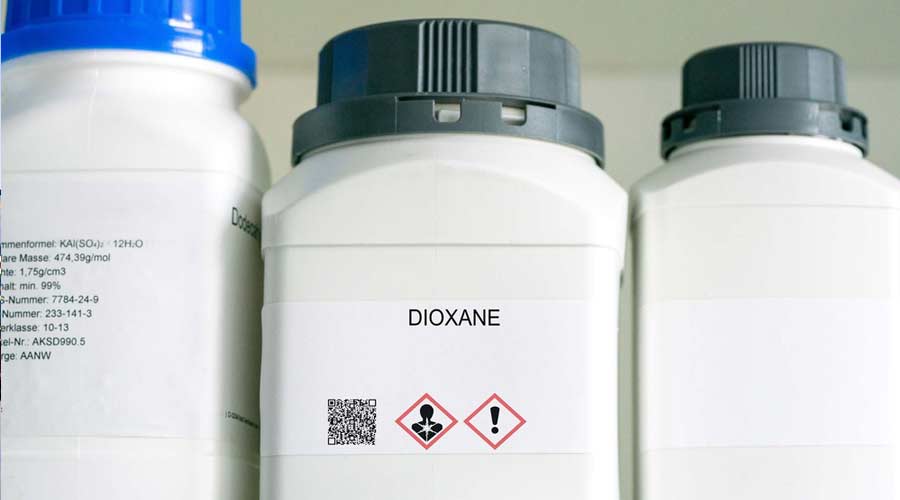
A new study co-authored by the American Cleaning Institute is showcasing a new method to evaluate exceedingly low levels of 1,4-dioxane precisely and accurately in finished cleaning products. The research, “A novel protocol for quantitative determination of 1,4-dioxane in finished cleaning products,” is now available in the Journal of Surfactants and Detergents.
1,4-dioxane is a byproduct that forms during the preparation of ethoxylated surfactants which are used in a variety of commercial products. Concerns about 1,4-dioxane are leading to increased regulations limiting the concentrations of the contaminant to very low levels in products.
The new ACI co-authored research assesses a novel method to quantify 1,4-dioxane in finished cleaning products using a process known as a headspace gas chromatograph with mass spectrometry. The method is shown to have excellent accuracy and precision in assessing levels of 1,4-dioxane in different cleaning products.
The method’s robustness was demonstrated with a ten-laboratory round-robin exercise that showed excellent analytical results from different testing labs. This new method will be valuable to evaluate consumer products impacted by government regulation to limit 1,4-dioxane concentrations in complex matrices.
“The methodology can be trusted to produce effective quantitation of 1,4-dioxane in cleaning products at very low concentrations and even performs well when some modifications to the method were employed,” says Kathleen Stanton, ACI associate vice president, Technical & International Affairs, a co-author on the research.
“It is very important that regulations governing levels of 1,4-dioxane in cleaning products utilize accurate, repeatable methodologies to ensure responsible reporting of and compliance with those regulations.”

 Celebrating BSCAI's 60th Anniversary eBook
Celebrating BSCAI's 60th Anniversary eBook The Down and Dirty on Cleaning in Virus Season
The Down and Dirty on Cleaning in Virus Season How Surfactant Use is Expanding in Commercial Cleaning
How Surfactant Use is Expanding in Commercial Cleaning